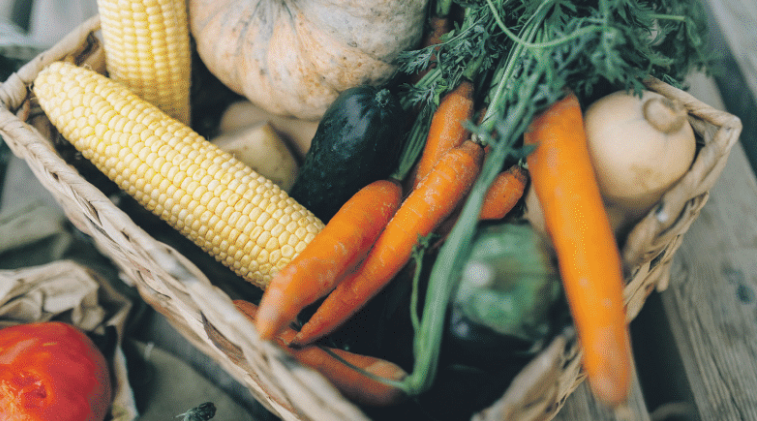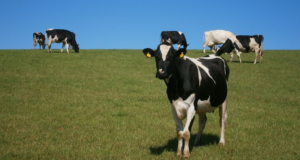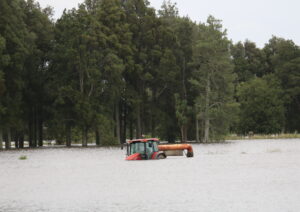Being one of the hottest months of the year, February is one of the main harvest periods.
It’s an in-between season in the garden – harvest time has arrived with vengeance, and it is a time for preserving, freezing and storing produce for winter and spring use. Make successive planting and sowing of edible crops and annuals to prolong flowering.
Beans – dwarf and climbing. All must be sown very early in the month no later than the first or second week. Beetroot – late sowings can still be made ready for winter harvest.
Broccoli and cabbages seedlings can be planted in well-prepared beds at intervals to provide a succession of late winter harvest. Carrots – harvest as required. Further sowings can be made but ensure you regularly cultivate and aerate soil for best results.
Cucumber, eggplants and peppers and tomatoes – continue to harvest crops and preserve or freeze excess or share with neighbours. Onions – harvest time has arrived. If wet weather is on the horizon, set out onions on shallow trays indoors where they can dry and cure. Clip tops and roots and store in open mesh tray or boxes to dry.

Kumara – harvest once the leaves start to yellow. Cut back the foliage and carefully lift the kumara with a fork. Leave them on the ground for a few days to cure. Cover with a sack or newspaper at night. Store in a cool dry place.
Plant seeds of leeks, broccoli, cabbage, winter lettuce, silverbeet, spinach, and carrots.
Soak your garden every four days rather than shallow watering. And water early morning or early evening. Mulching is a good way to preserve that moisture and reduce weeds.
Continue to pick your flowering roses, dead head old flowers and spray to combat pests and diseases.
Especially in humid weather. Bulbs and perennials – plant, divide, weed and cultivate throughout the winter months while plants are dormant.
Prepare ground incorporating fertiliser. Sow seeds of winter flowers like pansy, viola, primula, polyanthus, calendula, cineraria, poppies, lobelia, alyssum and snapdragon.
Continue harvesting mid-season pip and stone fruit, tree crops, berries and citrus. Harvesting daily encourages late fruiting. Earlier maturing varieties will soon be followed by main season varieties. Hopefully the humidity hasn’t spoilt too many crops.
Main late season peaches and plums are now fully mature. Irrigate trees thoroughly to swell the fruit size before harvest if dry weather prevails.
Continue with the pest control and watch for codling moth.
Strawberries – with the completion of the main fruiting season, old plants can be dug out.
Refresh your herb garden with some new plants for a continued supply – basil, chilli, coriander and parsley.
Perfect time for sowing new lawn is late February. It is a busy time coming up for lawn mowing as growth rate increases. Keep watering existing lawns if dry.
Gather all the discarded plants once harvest is complete and add to the compost. Turn heaps regularly.
Enjoy your garden.
– Supplied by Ngatea Garden Circle




